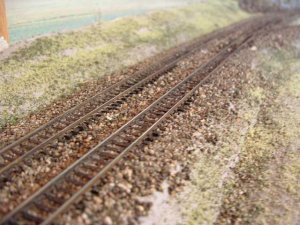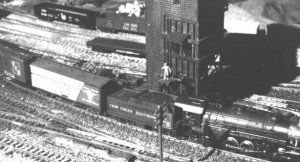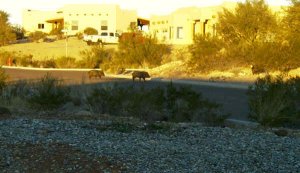I don't know if this helps you much, Don, because you might have different materials in the USA than we have here in old Europe.
When I wanted to ballast my former N scale layout I was shocked to see what model RR firms took for small bags of ballast. So I looked elsewhere. Finally, in the pet sections of some supermarkets, I found what they called "bird sand", used for ground cover in bird cages. Best of all - this bird sand is dirt cheap! (a 1 pound bag was about 2$)

I was lucky that I found two qualities: One seemed ideal for ballasting my N scale track - I guess it was crushed granite, mixed light and darker gray 'grains' of about 0.3 mm diameter (that scales to about 2" size ballast).
In another shop I found another quality - bright beige and much finer, which I used as ground cover in industries, ballast on sidings and also between the yard tracks.
The added pic shows the general impression of the coarser ballast below the train, while a mix with the finer ballast is visible in the background.
Perhaps you are lucky to find a store which sells bird sand in a size which pleases you.
Ron
PS: Since you live in Arizona - did you ever try to get some sand out in the desert?




